"We discovered that different people had widely differing Timelines, and that the shape of the Timeline in space not only determined whether a person was "in time" or "through time", past-, present-, or future-oriented, but determined many other aspects of personality as well." 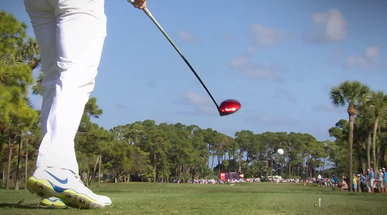 Imagine that you have reached a point with your golf development where you have run out of ideas on how to improve your golf. You have hit the wall and progress has come to a sudden—bone jarring halt. Possibly you have been stuck on a particular score average or handicap for months and you can’t seem to budge it no matter what you do. Scary thought right? Yes it’s daunting and by no means uncommon because many advanced golfers come to a fork in their golf development pathway where they don’t know which way to go. They often describe this sensation as “being stuck “or that they are in a rut, or that they can’t see the next step in their journey to better golf. Have you ever experienced this? Maybe you have, and maybe you haven’t yet, but one things for certain; every golfer will go through a period of golf famine with their game, and our new series on the 5 game changing golf improvement hacks will definitely help you to get through it and on to better scores and more success with your game. So let’s get into it right now with the first hack. 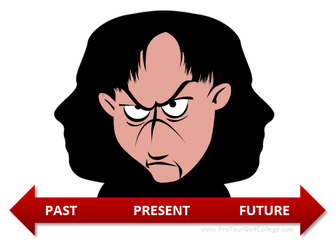 Golf Improvement Hack Number 1. Which Mental Time Zone Do You Operate In? At Pro Tour Golf College we have observed many times over the years a common characteristic with advanced golfers—especially those who believe their game is stuck in a rut. When you practice and play golf you rely on your memory to determine how you play shots and also whether you can play them successfully and confidently or not. When you access stored information about your previous experiences you essentially are accessing coded (cataloged) experiences from your past and using it to make decisions and execute shots in the present. How does a chronic slicer of the ball know that they slice when they arrive at the first tee? They have stored information from their past related to slicing tee-shots and they associate that past experience with tee-shots in their present state. As long as they keep referencing their past to determine their future outcomes they will tend to hit the same types of shots over and over again. This is an example of being ‘stuck in the past’ because it seems that no matter what you do, you keep slicing your tee-shots or missing short putts etc in the present. Most golfers don’t understand that their sense of time for developing and improving golf skills (their personal golf development timeline) is different from one golfer to the next, and that there are golfers who tend to develop their game with a “past oriented outlook,” whilst there are others that have a “present oriented outlook,” and still others have a “future oriented outlook”. I’m sure you know golfers who talk about their past a lot, or a golfer who is always planning and talking about their future but not getting much done in the present? Keep in mind that time as we know it is a mental construct, it’s not real, and every person understands time differently, and is influenced by it differently as it relates to getting things done in their life. For example, what is your motivation strategy for getting things done? Do you use any of these?... a. I’ll do it now (present) b. I’ll get to it later (future) c. I've done it before, I know how to do it (past) Also our concept of time shapes the way we develop our concept of self, and as you can see, it also influences how we respond to challenges and adversity in our life. 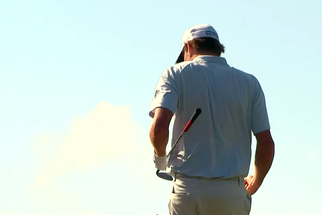 Past Oriented Golfers (The Historians) These golfers often reference their improvement strategies the most from past experiences. They say things like; “I’ve always done it this way or that way” or “my teacher always told me this…” and they quite often find it difficult to plan into the future because of this strong orientation and ties with the past. They like to bring up past stories of their accomplishments and shots they played, and they tend to be excellent at remembering detail in their past lessons. They seem to be the golfers who can tell you exactly where they were and who they were playing with because they have excellent recall for past events. They also can be inclined to be stubborn and resist new information unless it is consistent with successful strategies they have used in the past. They can get quite frustrated when they struggle to make progress often not realizing that because they rely heavily on reviewing and reliving past experiences they often cannot find a strategy from their past that will move them forward. The Past Oriented golfer’s motivation strategy is slow and steady wins the race. They are never in a hurry to get anywhere (and are often late) because they live much of their life referencing achievement and effort from the past. The Past Oriented Golfers Improvement Strategy is to acknowledge that even though achieved great accomplishments in their past, progress is made by imagining very specific outcomes they would like to achieve within the next 4 weeks and that whatever they decide is important to them it needs to link into greater achievement’s they wish to accomplish 3, 6, 9 and 12 months into their future.  Present Oriented Golfers (The Journalists) These are the golfers whose tendency is to experiment and dabble with different methods, and they rarely stay with any method of improvement for too long. They get distracted easily, and struggle to maintain consistent routines as a result. They also like to change clubs on a regular basis because they are always looking for improvement and short-term gain, and they usually know a lot about the latest golf club technology from manufacturers. They also like to watch lots of videos on the internet looking for the next best thing to work on. Present oriented golfers like to change instructors and teachers more often as they like fresh information and can get bored easily with repetitive instruction. If you want to know what’s going on in golf they are the ones to ask because they read lots of golf related content on the internet and also subscribe to monthly magazines and often have very active Twitter accounts as well. A high proportion of gen x’s and millennial’s would fit into this category simply because they have been brought up with technology (the information age) and this has dramatically affected how they experience the world around them. They expect to know and do things faster because their environment is continually feeding them with instant information at the press of a button. The motivation strategy of Present Oriented golfers is that they tend to expect results quickly and get excited by knowing new things, but they don’t realize that even though the internet provides them with information at lightening speed, learning and improving motor skill patterns is another thing entirely and takes additional time to learn properly. The Present Oriented Golfers Improvement Strategy is based around finding their bright and shiny objects or uniqueness, and strategies or technologies they haven’t heard of or used that captures their attention will generate a lot of interest in them. Build a plan to learn and improve golf skills with feedback from technology that can measure their ongoing effort or activity because to them technology has a level of credibility that they believe is important.  Future Oriented Golfers (The Visionaries) These are the golf dreamers who are very good at setting targets and goals to drive them and their game forwards. They often talk and reference future events and use this to get excited about how good their future events are going to be, and they like to describe their improvement in terms of “what it will be like when they get there”. They are driven by the performance targets they establish, and are the most patient golfers out of the three time orientations because they plan what they want to achieve and tend to stick to their plans the best. They also tend to be golfers who change their clubs less often because they don’t often see this as a priority and rely more on their ability to follow through on a well-constructed plan for improvement as a means for improving their golf. Their motivation strategy is built around looking forwards and whilst they have a vision for something they believe that they can find a way. If they can see it, they get excited and start to work on ways of achieving it. The Future Oriented Golfers Improvement Strategy is that they are often so far ahead of the future they can find it difficult to do a good job of their daily process that will get them there. They need to have short-term goals for the day that gets them working on the specific processes that will improve their chances of achieving their outcomes in the future. The thing to keep in mind with time orientations is that you will use all of them everyday however you will notice by paying attention to the way you describe your approach to golf improvement that it will be influenced by your sense of time in the present, past or future.  Pay attention to what you are saying and notice the clues in the way you express yourself to others and by following our simple improvement strategies from our article you will get your sense of time in balance with your improvement strategies which will get you out of your rut and back on the track to golf improvement. Next week we'll continue our series with golf improvement hack number 2. See you then. Lawrie Montague and David Milne - Pro Tour Golf College Your Success On Tour is Our Business Comments are closed.
|
Archives
June 2019
|
Proudly Supported By
Copyright © 2011 - 2018 Pro Tour Golf College
Website Managed By Golf Performance Media
All Rights Reserved
Website Managed By Golf Performance Media
All Rights Reserved

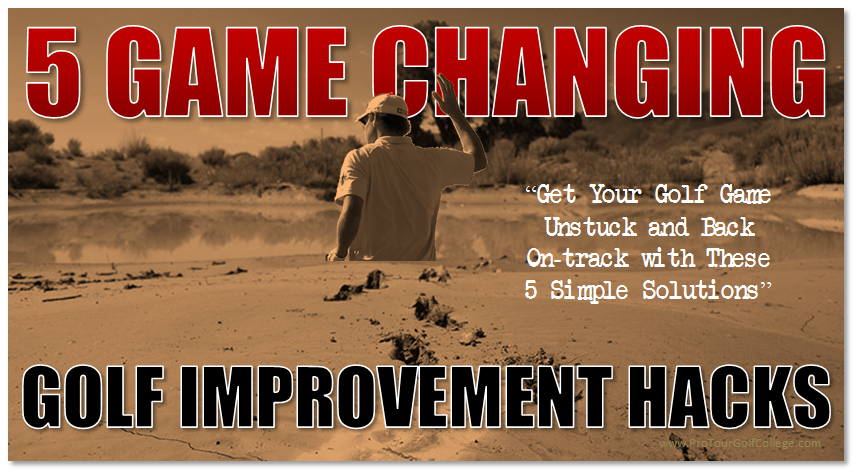
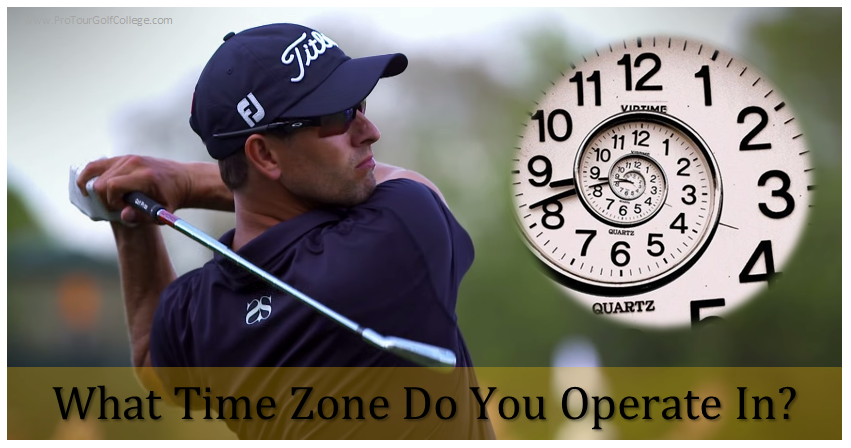
 RSS Feed
RSS Feed



